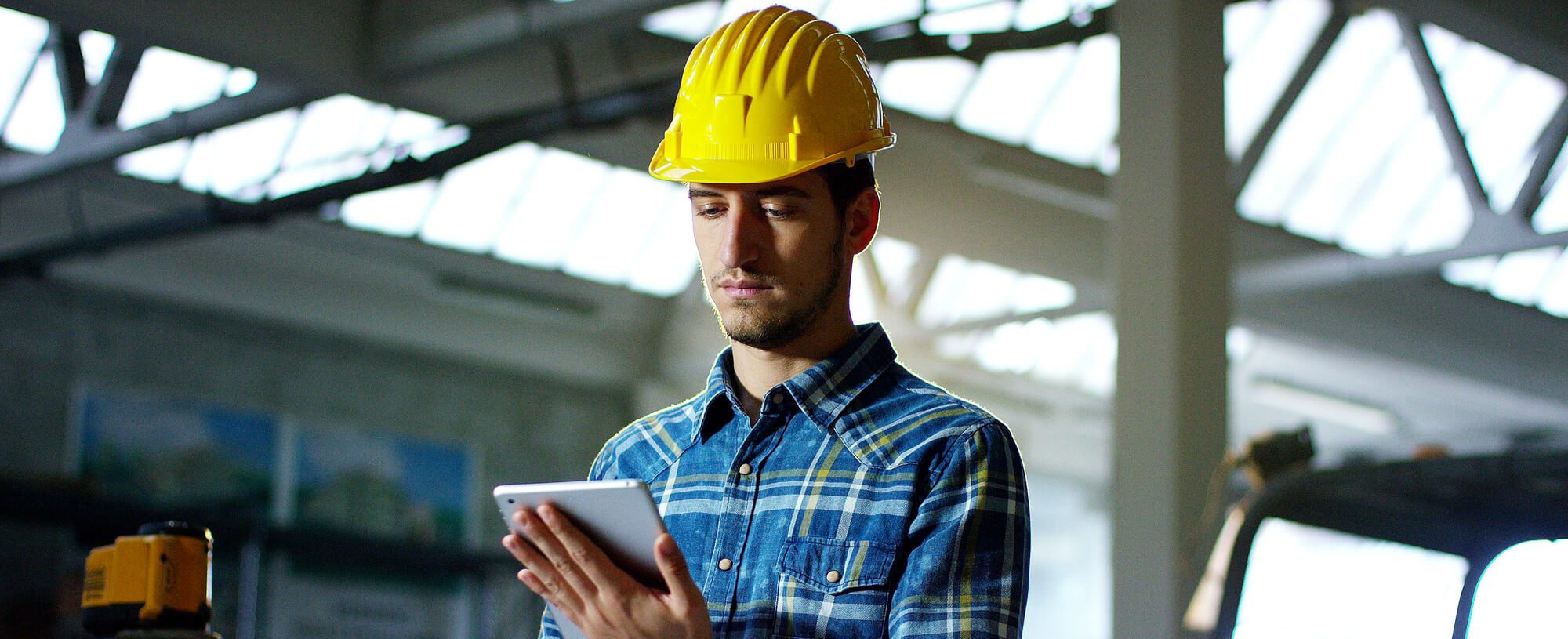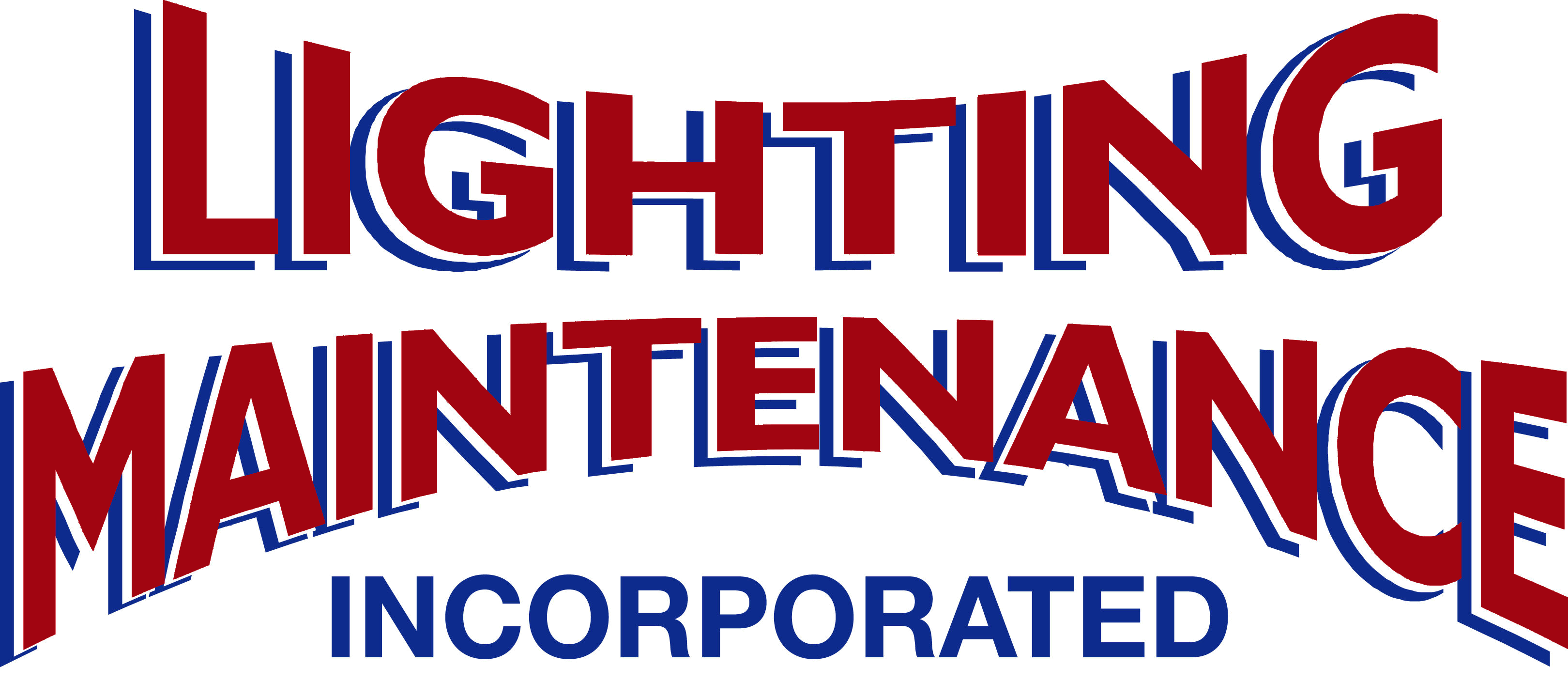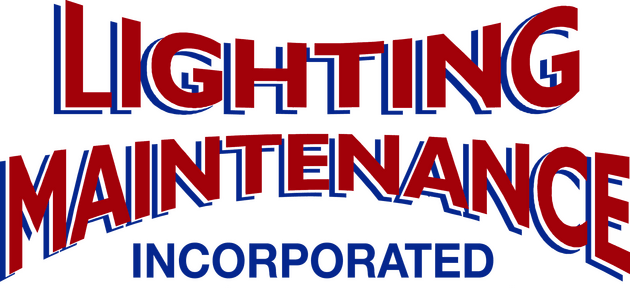02 Mar 6 Simple Changes to Save in Your Commercial Energy Costs
Companies in the commercial sector can use up a lot of energy over time. These days, the focus is shifting from high output levels to how businesses can maintain positive outcomes while still being sustainable.
Implementing sustainable practices into your commercial enterprise is an excellent way to cut down on commercial energy costs and improve efficiency on your commercial property. Boost your business’s “green image” with an energy assessment or audit and other simple tactics to enhance sustainable practices.
Making Energy Efficiency a Top Priority
With the constant looming threat of climate change on the horizon, many businesses within the commercial sectors seek sustainable solutions to help improve their “green image.” Consumers want to see the brands and companies that they support taking initiatives towards sustainability and environmental accountability. Thus, the demand for energy-efficient systems is on the rise.
Common Commercial Energy Costs
Several types of commercial systems consume high amounts of energy, leading to increased energy costs. When attempting to make a business more sustainable and energy-efficient, business owners must assess the following systems:
- Interior and exterior lighting
- Heating, ventilation, and air conditioning (HVAC)
- Water heating
- Refrigeration
- Machinery and equipment
- Computers and electronics
- Drying
6 Surefire Ways to Cut Down Commercial Energy Costs
Commercial energy consumption has been continuously rising since the 1950s, with dramatic increases as technology advances. Commercial companies must focus on improving their sustainability and energy-efficient practices to put them at the forefront of “green initiatives.” Below, we take a close look at the simple changes that businesses can make to cut down on commercial energy consumption and overall costs.
1. Schedule an Energy Assessment
The first step business owners should take when attempting to improve sustainability is to schedule a comprehensive commercial energy assessment with a trusted provider. There are three different levels of energy assessments, which include:
- Level One: Preliminary audits or site assessments offer no or low-cost energy-saving solutions. This type of evaluation includes an audit of energy bills along with a short property inspection.
- Level Two: Energy surveys and engineering analyses offer more detailed information and possible capital improvements for commercial companies. Recommendations for Energy Efficient Measures (EEM) will be made based on your business’s budget. Current energy costs, building usage levels, and an in-depth energy analysis will go into this review.
- Level Three: Capital-intensive modification audits provide the most thorough and comprehensive overview of energy consumption and offer valuable insights into overall energy use. These types of audits include continuous monitoring to maintain improvements.
If you’re looking for budget-friendly ways to lower your energy bills, a level one preliminary site assessment is your best bet. This simple audit can offer practical yet affordable solutions to save on energy costs.

2. Complete an After-Hours Energy Audit
It’s also crucial to complete an after-hours energy audit on top of a preliminary energy assessment. Many business owners are unaware of just how much energy their commercial property consumes during closing hours. Commercial energy audits can offer valuable insights into just how much energy your property is actually using every day.
An after-hours energy audit will assess usage during the off hours of the workday and provide you with recommendations on reducing use and cutting back on energy costs.
3. Address Workplace Behaviors
Once an after-hours energy audit is complete, many business owners come across issues with workplace behaviors that must be addressed in order to begin saving energy. Ensure that employees understand closing procedures and are double-checking that all non-vital energy-consuming machinery and equipment is powered down before leaving the premises at the end of the day.
Addressing workplace behaviors and setting clear expectations for your employees is an easy way to save on energy costs that is completely free. Establish energy-efficient practices in the workplace and see improvements on your energy bill.
4. Install Smart Appliances and Systems
Investing in smart appliances and system upgrades is another excellent way to cut down on commercial energy costs. There are many useful modern gadgets and programs that provide easy access to energy-consuming systems and appliances.
With smart systems in place, simply turn lighting, HVAC, and equipment systems on and off at the push of a button. Smartphones make accessing these applications more effortless than ever. Although the initial investment in smart devices is more substantial upfront, it can wind up saving your commercial company more on energy costs in the long run.
5. Optimize Your Commercial Building
Another crucial component of cutting down on commercial energy consumption and costs is optimization. Business owners must optimize their building’s systems to ensure the highest levels of efficiency and productivity. There are several ways to optimize your building’s systems:
- Replace lighting systems with light-emitting diode (LED) lighting systems.
- Replace older, energy-consuming equipment with modern, energy-efficient models.
- Install proper insulation in areas where the loss of hot and cold air is common.
- When LED installation is not possible, change incandescent lighting to compact fluorescent lights (CFLs) to reduce heat production. CFLs also have a longer lifespan and use less energy than fluorescent lights.
- Attempt to adjust ventilation and reduce exhaust levels.
- Install photocell lights in commercial parking lots and loading areas.
- Utilize motion sensor lighting in low-traffic areas.
Using any combination of these optimization techniques can take your commercial company’s sustainability practices to the next level. Improve your “green image” through commercial energy optimization.
You can read more suggestions on how to reduce energy consumptions from the U.S. Department of Energy here.
6. Make a Plan
Sustainability is rooted in energy-efficient practices that are exactly as the name implies — sustainable. Ensuring that the energy-saving solutions you put in place are practical and sustainable over time is the only way to be successful in lowering your energy bills.
Work with an experienced lighting, electrical, and utility company to come up with an energy consumption plan that aims to reduce your property’s overall energy usage. You can schedule out future assessments and audits, implement energy-saving recommendations, and monitor the progress of your property’s energy efficiency with a comprehensive maintenance plan.
Conclusion
Sustainable energy consumption is at the forefront of concerns for a majority of modern commercial enterprises. There are several unique ways to improve your commercial property’s energy efficiency that cost little to no money at all. With an energy assessment or audit, a few simple upgrades, and a straightforward maintenance plan, you can make your commercial property energy-efficient in no time.




